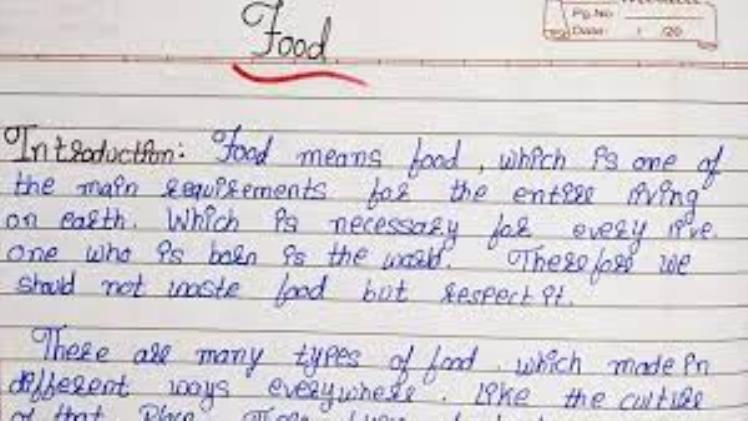How to Write About Food

Food is any nutrient-rich material consumed by living organisms as a source of energy and growth. Food forms an integral part of human diets and is mostly obtained from plants and animals, providing vitality, strength, health benefits and resistance against disease for human bodies. Food can also bring great emotions when shared among communities or groups of individuals.
Food plays a pivotal role in our health and well-being, from maintaining body tissues to increasing strength and growth, as well as contributing to various chemical reactions in the human anatomy. To stay healthy it’s recommended that we consume a range of fish, red meat, nuts, fruits vegetables and grains on a regular basis; junk foods should also be avoided due to high caloric intake as they contain unhealthy amounts of calories, sugar and unhealthy fats that could potentially harm our wellbeing.
Food writers must have an enthusiastic passion for what they write about; having experience cooking or dining is also vital to this role. An understanding of the history and traditions surrounding particular dishes or regions will only enhance your writing. Furthermore, being able to capture all aspects of a dish such as its smells, tastes, textures etc allows readers to fully immerse themselves into experiencing it themselves.
In the 20th century, fast food consumption saw an exponential surge due to changing lifestyles and an increasing demand for quick and convenient ready-to-eat options that contained ingredients that may negatively impact health. Unfortunately, many of these newly processed products had adverse health impacts that made their way onto store shelves.
Vegetables make an essential addition to the food group of vegetables, providing essential vitamins, minerals, and fiber.
Food Science is a multi-disciplinary field that spans food physics to its chemical composition and flavor. It encompasses an array of topics spanning microbiology to chemistry; all with one aim – to study how these affect quality and safety when it comes to food products and processes. Food scientists use their knowledge of these disciplines to come up with innovative products and processes.
Food writing should avoid adjectives such as exotic, strange and bizarre as these can create confusion for readers and alter their impression of a food item. Instead use descriptive verbs to paint vivid pictures for readers and avoid cliches like meaty; use juicy or savory instead to paint vivid pictures instead. Furthermore, avoid overusing delicious as this has lost its meaning over time; great food writing creates an experience for its readers by appealing to all five senses to create a true sensory experience when reading about a dish they may never taste or smell themselves; mastering this requires practice but pays dividends with success!